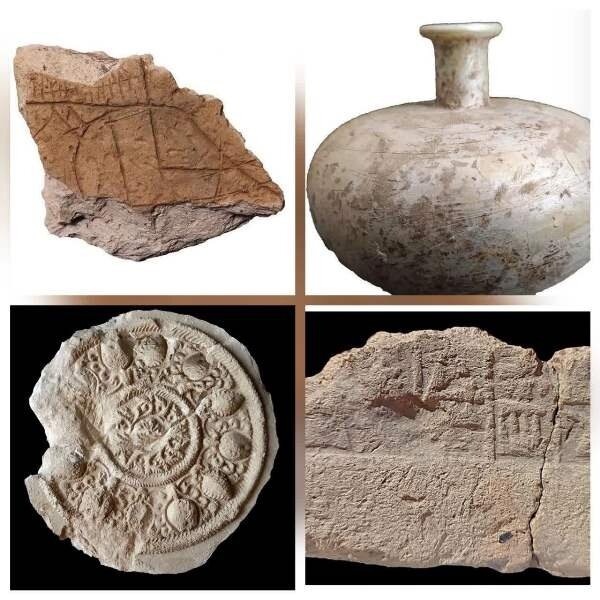Elamite engraved bricks made national heritage

TEHRAN – On Monday, Ilam’s tourism chief announced the registration of four historical relics from the western Iranian province on the national list of cultural heritage.
Farzad Sharifi stated that in a meeting of the Council for the Registration of Historical and Cultural Artifacts of the Ministry of Cultural Heritage, Handicrafts, and Tourism, four proposed files from the province were reviewed, and ultimately, all the proposals were approved, leading to their registration in the national list of cultural heritage.
The items include two engraved bricks, both dating back to the Elamite era and from Darehshahr county, as well as a plaster frame and a glass perfume bottle, both belonging to the Sassanid era or the early Islamic epoch.
Sharifi added that the registered artifacts hold significant historical and unique values. He also expressed hope that effective steps would be taken to protect and preserve the valuable historical artifacts of the province.
Elam, or the Elamite kingdom, was one of the most impressive civilizations of the ancient world. Its territory was once in a region which is now situated in the modern Iranian provinces of Ilam and Khuzestan.
However, according to sources, it was never a cohesive ethnic kingdom or polity but rather a federation of different tribes governed at various times by cities such as Susa, Anshan, and Shimashki until it was united during the Middle Elamite Period, briefly, as an empire.
According to the World History Encyclopedia, the name Elam was given to the region by others– the Akkadians and Sumerians of Mesopotamia–– and is thought to be their version of what the Elamites called themselves– Haltami (or Haltamti)– meaning “those of the high country.” 'Elam', therefore, is usually translated to mean“highlands” or “high country” as it comprised settlements on the Iranian Plateau that stretched from the southern plains to the elevations of the Zagros Mountains.
The Elamite language is an extinct language spoken by the Elamites in the ancient country of Elam, which included the region from the Mesopotamian plain to the Iranian Plateau. According to Britannica, Elamite documents from three historical periods have been found. The earliest Elamite writings are in a figurative or pictographic script and date from the middle of the 3rd millennium BC.
AM
Leave a Comment